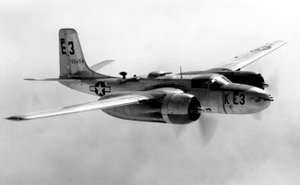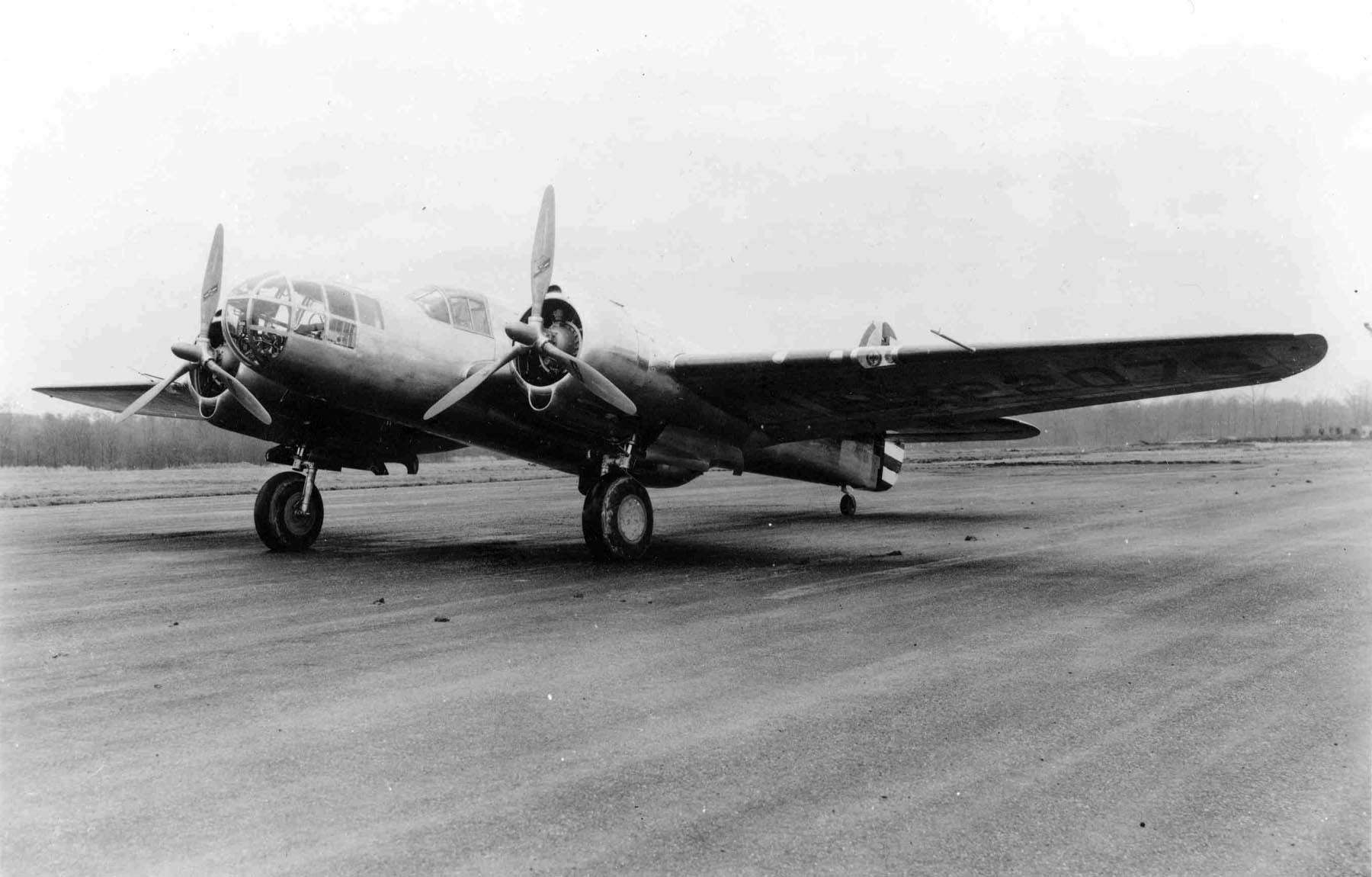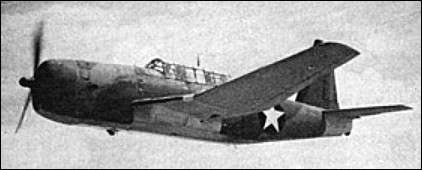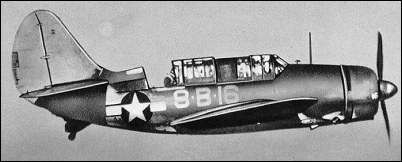 Douglas A-26 Invader
Douglas A-26 Invader
Douglas A-26 Invader, developed to a 1939 requirement for an A-20 replacement with similar layout but with more powerful engines. The crew numbers three and the wings have electrically-operated single-slotted flaps and the armament includes dorsal and ventral remotely-controlled barbettes controlled by the gunner. The first XA-26 flew on 10 July 1940 and production is planned to start in mid-1942. Dimensions 70/ 51.3/ 18.3/ 540 sq ft; two 2,000hp Pratt & Whitney R-2800 radials; max speed 373mph; cruising speed 284mph; service ceiling 22,100ft; range 1,400 miles; armament two fixed .50in Browning MGs in the nose, two 0.50in each in a dorsal and ventral remotely-controlled barbette and up to 3,000lbs of bombs.
Variants and production figures:
1 XA-26 prototype first flown on 10 July 1940
1 XA-26A prototype with four 20mm cannon in a solid nose, first flown March 1941
1 XA-26B prototype with a 75mm cannon in a solid nose, first flight planned 1942
A-26 production bomber with glazed nose, 250 on order from 1942
A-26A production ground-attack bomber with eight 0.5oin Browning MGs in a solid nose and 4,000lb bomb load, 150 on order from 1943
FA-26C photo-reconnaissance variant of A-26, 25 on order from 1942





